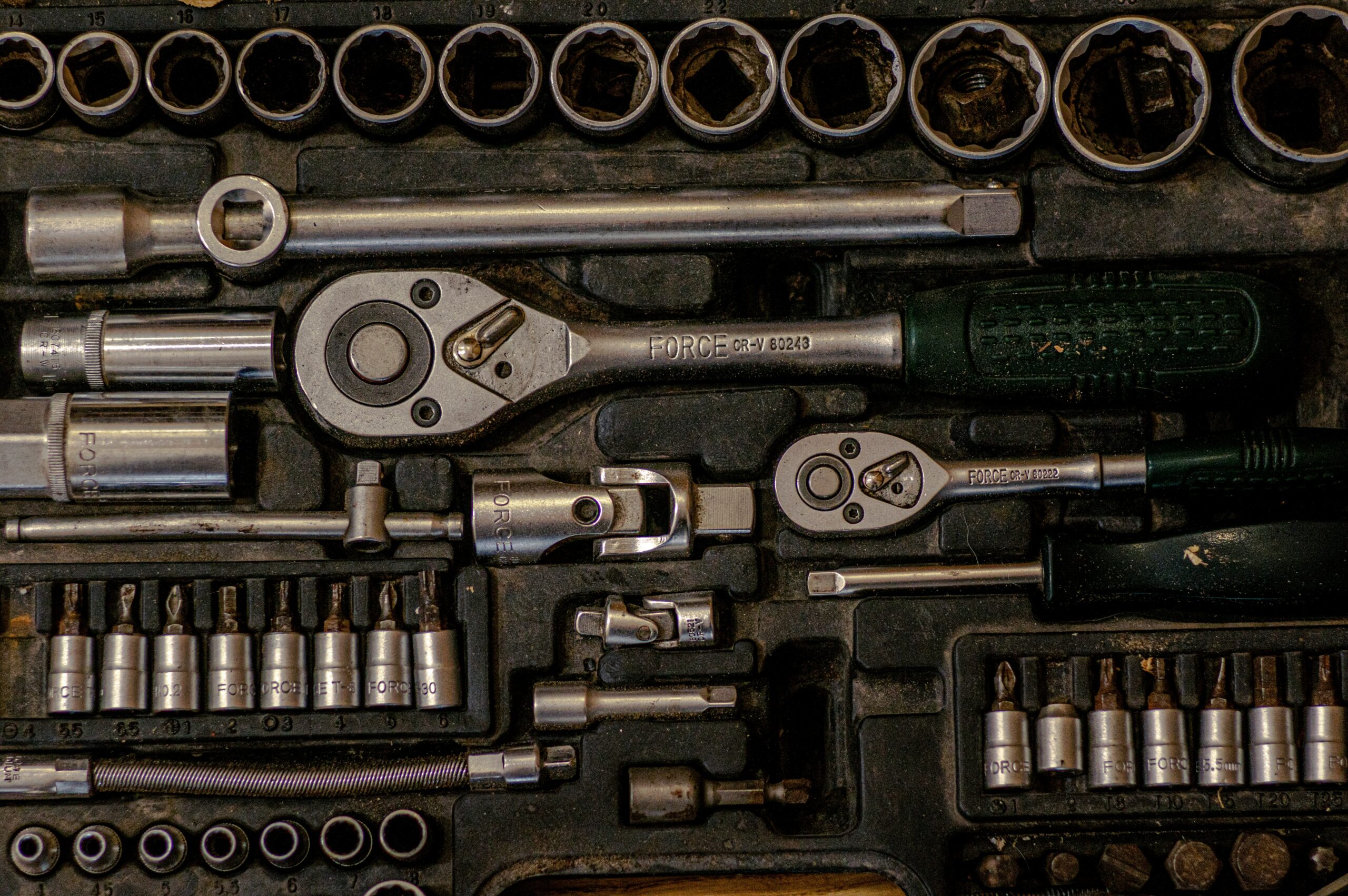
The power sports industry thrives on speed, performance, and reliability. Customers expect their machines to be ready for action, whether it’s motorcycles, ATVs, or personal watercraft. A highly skilled parts manager is behind every successful service department and smooth retail transaction, ensuring operations run smoothly. While customers often interact with technicians or salespeople, the parts manager keeps the dealership’s gears turning quietly but powerfully.
With responsibilities stretching from managing complex inventories to supporting sales and service, a power sports parts manager wears many hats—their job demands product knowledge, organizational skills, adaptability, and sharp business sense. Mastering inventory and sales is no easy feat, yet a proficient parts manager makes it look seamless through consistency, foresight, and commitment.
Inventory Control with Purpose
Inventory control sits at the heart of the parts manager’s responsibilities. Managing thousands of parts for different makes and models requires more than a basic understanding of shelving and spreadsheets. It demands strategic thinking and a keen sense of timing. The parts manager must forecast demand based on historical trends, seasonal shifts, and new vehicle releases, making accurate decisions supporting profitability and customer satisfaction.
They rely on real-time data, supplier lead times, and service department feedback to adjust stock levels and avoid delays. While too much inventory ties up capital and clutters storage, too little creates bottlenecks that stall repairs and drive customers elsewhere. A parts manager maintains the right balance and keeps the dealership agile and prepared, even when unexpected situations arise.
Supporting the Sales Pipeline
Sales success in power sports often hinges on customization, accessories, and aftermarket upgrades. The parts manager is critical in ensuring that what’s promised on the showroom floor can be delivered on time. When a customer agrees to add features to a new vehicle, the parts department begins sourcing the necessary items and coordinating with the service team for installation.
Their understanding of product compatibility and availability helps prevent sales delays and boosts customer confidence. Additionally, by tracking which items sell well as add-ons, the parts manager can guide the sales team in recommending high-demand accessories, enhancing customer satisfaction and dealership profits. This behind-the-scenes collaboration contributes significantly to a smooth buying experience.
Enhancing Service Efficiency
Service technicians can only move as fast as the parts they’re provided. The parts manager ensures that required components are on hand or ordered promptly, eliminating downtime and keeping work bays productive. This responsiveness supports faster repairs, shorter wait times, and happier customers. Their role in this workflow is crucial, mainly when dealerships operate with tight scheduling windows and rising customer expectations.
When parts are unavailable locally, the manager coordinates with suppliers to expedite shipping and communicates with technicians to adjust repair plans accordingly. Clear communication, proactive planning, and a deep understanding of each technician’s needs combine to maximize service department performance. This synergy between service and parts helps maintain a dealership’s reputation for reliability.
Customer Experience as a Priority
Although much of their work is behind the scenes, parts managers frequently interact with customers—especially in smaller dealerships. Their role requires not only technical expertise but also strong interpersonal skills. When a customer needs a replacement part, a product recommendation, or guidance on an upgrade, the parts manager becomes their trusted advisor. Providing accurate information and helpful insights turns a single transaction into a long-term relationship.
Their ability to explain technical specifications in simple terms significantly affects how customers perceive the dealership. In warranty claims or back-ordered parts cases, transparency and timely updates can turn a frustrating situation into a manageable one. Building that trust is essential in an industry where passion and pride are tied to ownership, and the parts manager helps foster those lasting connections.
Adapting to Tools and Trends
Technology and consumer behavior continue to shape the power sports landscape. From digital inventory management systems to e-commerce integration, parts managers must stay on top of the tools that make their work more efficient and responsive. They use software to automate restocking, track trends, and identify slow-moving items, which allows them to make better-informed decisions with less guesswork.
At the same time, staying aware of market trends allows them to anticipate what customers want. Whether it’s the latest LED lighting kit or an upgraded exhaust system, knowing which products are in demand helps the dealership remain competitive. As more dealerships embrace online sales, parts managers also play a key role in ensuring that online orders are fulfilled accurately and shipped promptly, further expanding the dealership’s reach.
The role of the powersports parts manager is a critical piece of the dealership puzzle. They create a solid foundation for dealership success through skillful inventory control, seamless collaboration with sales and service, and top-tier customer support. Their job may occur behind the counter or in the backroom, but their impact reaches every corner of the operation.
Mastering inventory and sales is not simply about moving products—it’s about supporting the customer journey from start to finish. The parts manager’s expertise ensures that machines keep running, sales keep flowing, and customers keep returning. In a business driven by passion, performance, and precision, their role is not just important—it’s indispensable.